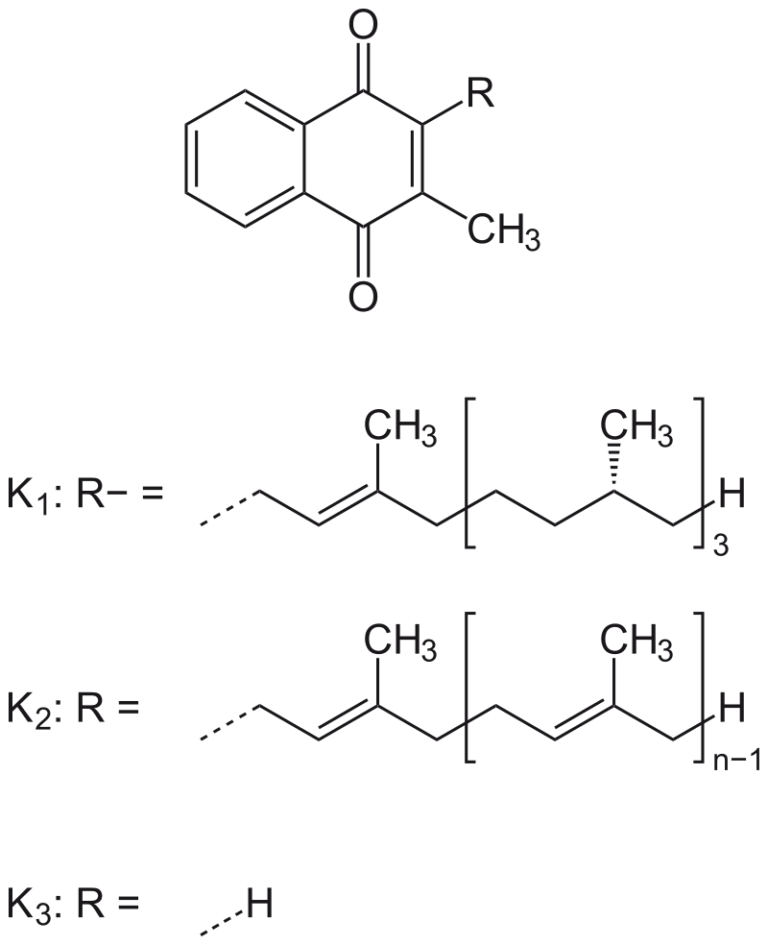Written by Andrew Akhaphong, MS, RD, LD, Mackenthun’s registered dietitian
Updated May 5, 2024
When it comes to fresh and delicious produce as the warmer season approaches, produce like asparagus and rhubarb often marks its beginnings. Asparagus is a perennial vegetable which means it can regenerate itself each year. Before asparagus can be harvested it often takes three years for the plant to produce multiple stalks that are thick and meaty. Asparagus that is sold thin are often plants that are approximately 1-year old.(1)
An analysis of the asparagus industry published by the Global Market Insight in 2022 reported of asparagus purchases were -(2)
- 75% green asparagus
- 20% white asparagus
- 10% purple asparagus
In the consumer study, The Packer’s Fresh Trends published in 2023, reported -(3)
- 28% shoppers with no children are more likely to purchase asparagus
- 31% of consumers with an annual household income of at least $100,000 are more likely to purchase asparagus
- Persons who identify as Asian are more likely to consume asparagus than others
Additionally in 2019 a survey published by VeggieTracker reported asparagus as one of the top 10 most disliked vegetables in the United States.(3) Reasons for disliking asparagus include the texture, taste, and the smell from the aftermath of consuming asparagus.
As a registered dietitian, dislikes for foods like asparagus often stems from not-so-great exposures during childhood to an uncertainty of how to prepare asparagus for one’s palette to find enjoyable. Read further to learn more about asparagus and for a delicious recipe.
Benefits of Asparagus
Vitamin K is often recommended for persons on blood thinners like coumadin or Warfarin® to reduce consumption of. The reason being is Vitamin K may interact with blood thinners and hinder the medication’s effects. Not often discussed with the general public there are three types of Vitamin K. Vitamin K1 (phylloquinone) is sourced from vegetables such as leafy green; its role is for blood clotting.(6) Vitamin K2 (menaquinone) is consumed from animal-protein sources and made by our gut bacteria; its role is for bone development and reduction of osteoporosis risk.(7) Vitamin K3 (menadione) is synthetic and used as a supplement for animals.
Vitamin K1 is what is found in asparagus. For persons who are not taking blood thinners, Vitamin K1 will help the body produce a group of hormones known as clotting factors. Clotting factors assist in platelet formation and Vitamin C creating collagen to heal wounds and damage to tissue.
Inulin is an insoluble fiber (indigestible) that also acts as a prebiotic. Asparagus contains approximately 2-3 grams of inulin per ½ cup serving.(7) Inulin helps provide bulk to school, reducing risk for constipation and improving regularity. As a prebiotic, it acts as a food source for our gut bacteria. The bacteria also converts inulin into free fatty acids which are important for carbohydrate and fat metabolism, rebuilding skin tissue, and other functions.

Garlic Parmesan Roasted Asparagus
By Ashlyn of Belle of the Kitchen, April 5, 2024
What You Need
- 1/2 pound fresh asparagus
- 1/2 teaspoon salt
- 1/2 teaspoon freshly ground black pepper
- 3 cloves minced garlic
- 2-3 Tablespoons parmesan cheese
- olive oil spray
What You Do
- Preheat oven to 425 degrees. Line a rimmed baking sheet with aluminum foil and set aside.
- Rinse the asparagus and trim off woody end pieces. Spread out in a thin layer on top of the prepared cookie sheet.
- Spray the asparagus lightly with a coat of olive oil spray. Sprinkle with salt, pepper, garlic, and parmesan cheese. Use your hands to mix the asparagus with all of the ingredients, then lay out into an even layer again. Spray with one more light coat of olive oil.
- Bake in the preheated oven for 8-9 minutes. Remove from oven and serve immediately. Enjoy!

References:
- Agricultural marketing research center. Asparagus. Updated May 2024. Accessed May 14, 2024. https://www.agmrc.org/commodities-products/vegetables/asparagus
- Global Market Institute. Asparagus market. Nov 2023. Accessed May 14, 2024. https://www.gminsights.com/industry-analysis/asparagus-market
- The Packer. Fresh trends 2023: 1 in 4 consumers report buying asparagus. June 2, 2023. Accessed May 14, 2024. https://www.thepacker.com/news/retail/fresh-trends-2023-1-4-consumers-report-buying-asparagus
- WDRB. Poll reveals American’s favorite and most hated vegetables. June 19, 2019. Accessed May 14, 2024. https://www.wdrb.com/wdrb-in-the-morning/poll-reveals-americans-favorite—-and-most-hated—-vegetables/article_dbd3d154-9298-11e9-b17e-0be215e5dd4e.html
- Meacham J. What to know about Vitamin K1. healthline. March 13, 2024. Accessed May 15, 2024. https://www.healthline.com/nutrition/vitamin-k1
- Warwick KW, Leech J. Vitamin K2: everything you need to know. March 5, 2024. Accessed May 15, 2024. https://www.healthline.com/nutrition/vitamin-k2
- Hamdi A, Viera-Alcaide I, Guillén-Bejarano R, Rodríguez-Arcos R, Muñoz MJ. Asparagus fructans as emerging prebiotics. Foods. 2023. 12(1):81. doi: 10.3390/foods12010081





